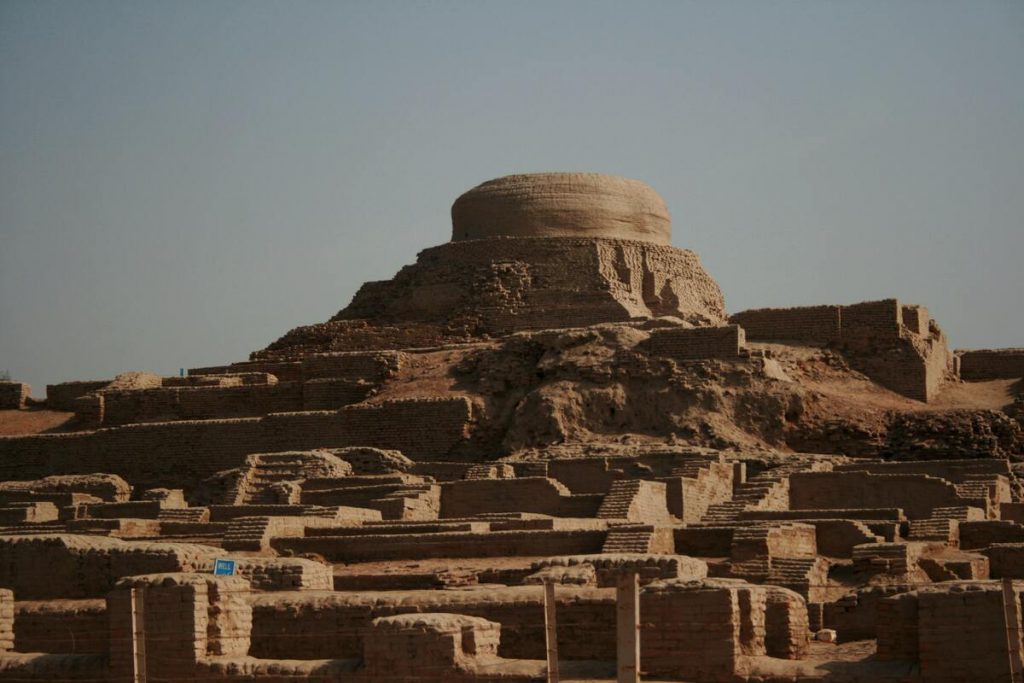The oldest surviving civilizations globally are the San People in Africa and the Aboriginal People in Australia. The San people are directly descended from one of the original human groups from 100,000 to 140,000 years ago. Aboriginal Australians descended from ancestors in Africa some 75,000 years ago who migrated to Australia and became a distinctive genetic group some 50,000 years ago.
It is important for the world to honor these two cultures and to be of service to them. They are navigating the complex task of maintaining their traditions and identity while keeping pace with the modern age. The survival of their cultures is invaluable as part of the global heritage. At the same time, they must also benefit from advances in education, health, and other fields of human endeavor.
The African San People
Most San people still live in South Africa, Namibia, Botswana, Zimbabwe, and Angola. The South African San Institute states that according to geneticists, the Khoe-San have the oldest gene pattern among current humans, and everyone on Earth descended from this original gene type. The Khoe-San’s unique genetic pattern is not in other African groups.
Traditionally, the San were semi-nomadic, moving with the seasons to follow sources of water, edible plants, and game animals. Today, some still hunt and gather, but most of them are farm laborers, run nature conservancies, or have income-generating projects. Others are unemployed and live in marginal settlements with small pensions from the government and no other income source.
Research Among the San
Scientists have been studying the San people because of their genetics and culture. In 2017, the San people, with the help of the South African San Council, drafted a code of ethics for researchers. They felt that while researchers benefited from studying them, the communities did not benefit and remain in poverty. For instance, certain pharmaceutical companies profited from indigenous plants but did not share the profits with the San.
The code requires respect for the community by getting their permission and protecting their privacy. Researchers must be honest about the focus and methodology of the research. The research must align with community needs and improve their life and physical environment. To be and fair, the research must benefit the community in terms of education, sharing of skills, opportunities for joint research, work for translators and research assistants, or financial contributions. The entire process must follow protocols established by the community.

The Australian Aboriginal People
The Aboriginal People of Australia make up about three percent of the current population. They were the original inhabitants of the continent with 250 distinct language groups. They are divided into Aboriginal Peoples who inhabited the mainland and Torres Straits Islanders who inhabited the Torres Straits islands. A genetic study showed that all Aboriginal Australians were related to one ancestor about 50,000 years ago.
In 2008, the Australian government issued a national apology for the Stolen Generations. This was government action from 1910 to 1970, forcibly removing 10 to 33 percent of Aboriginal children from their families and putting them into adoption. They were banned from speaking their native languages, and most of their names were changed. In 1965, most Aboriginal Australians received full citizenship and voting rights. In 1967, they were covered by federal laws.
In 2015, the National Aboriginal and Torres Strait Islander Education Strategy aimed to close the gap between education among Aboriginal and non-Aboriginal Australians. In 2019, the National Indigenous Australians Agency (NIAA) was established by the government to support the Minister for Indigenous Australians.
According to the NIAA, today, more Aboriginal Australians complete a Year 12 or equivalent qualification, get higher-level vocational education and training (VET), and go to university. For instance, the Aboriginal Centre for the Performing Arts (ACPA), established in 1997, has an average of 70 students per term. It honors the Aboriginal and Torres Strait Islander cultures of telling stories and teaching values through performance but puts this in a contemporary context.
Research Among Aboriginal Australians
The Aboriginal Australians also established a code of ethics for researchers in 2012. In 2020, this was replaced with the Australian Institute of Aboriginal and Torres Strait Islander Studies (AIATSIS) Code of Ethics for Aboriginal and Torres Strait Islander Research.
The code requires any research to be led and participated in by Aboriginal Australians, recognizing and respecting their self-determination, perspectives, land, and waters. It must have the community’s informed consent, engagement, and collaboration. The community has ownership and control over Aboriginal knowledge and data.
The research must benefit the community in the development of educational resources and workshops, access to research results and cultural records, research training, or employment. An ethical review panel will evaluate financial benefits to participants. Researchers must have the cultural capability and learning to comply with the code, including its requirements for reporting.
Protecting a Global Legacy
It is a privilege for the world to have the African San and the Australian Aboriginal People living in modern times. The commitment and drive to preserve their cultures must not be theirs alone. This must be a commitment of all peoples of the world, as well. Any learning from research among them enriches the world, and it is only right that the world gives back to them.




